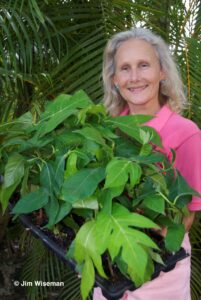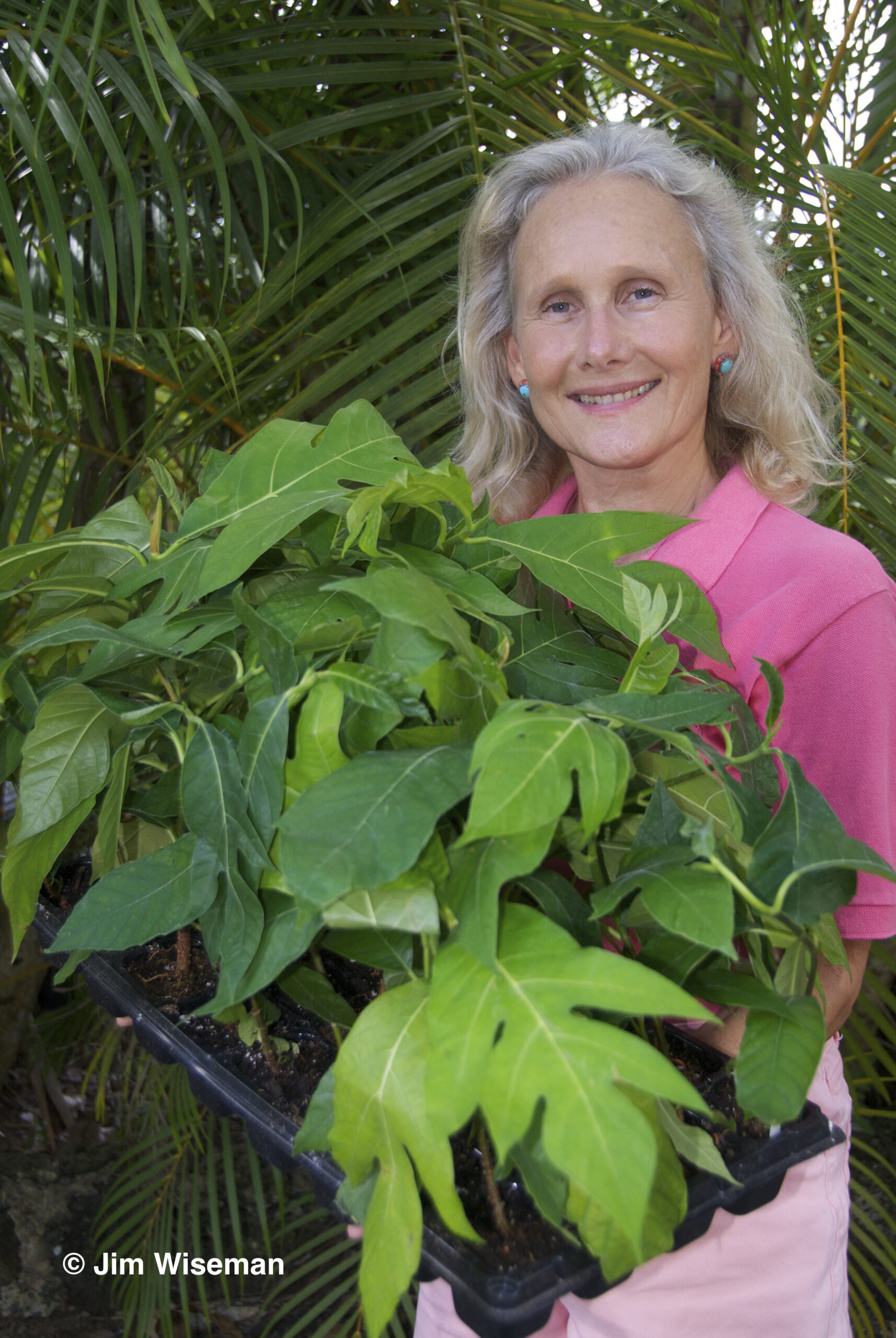Organisation
Breadfruit Institute, National Tropical Botanical Garden
What inspired your love for breadfruit?
 My interest in breadfruit first came about through library research in the early 1980s into the history of this crop and regional efforts under the auspices of the South Pacific Commission to document and conserve traditional varieties and associated information. My love for breadfruit was inspired by living and working in Samoa in 1985 and living in a breadfruit culture that was vibrant, dynamic, and part of everyday life. That love has grown and become a lifelong passion.
My interest in breadfruit first came about through library research in the early 1980s into the history of this crop and regional efforts under the auspices of the South Pacific Commission to document and conserve traditional varieties and associated information. My love for breadfruit was inspired by living and working in Samoa in 1985 and living in a breadfruit culture that was vibrant, dynamic, and part of everyday life. That love has grown and become a lifelong passion.
What is one thing you would like people to know about breadfruit?
Just one thing? This long-lived attractive perennial tree produces an abundance of nutritious, delicious food. Care for it and it will feed you for life.
How have you been working or affiliated with the crop?
I first began working on breadfruit through archival research in the early 1980s, and commenced fieldwork to document and describe breadfruit diversity in Samoa, Cook Islands, Tonga, Tokelau and Fiji in 1985, and then Palau, Yap, Guam, Saipan, Rota, several islands in Chuuk, Pohnpei, Palau, Solomon Islands, Fiji, Kiribati, Marshall Islands, several of the Society Islands and Nuku Hiva, Marquesas, in French Polynesia, and Samoa in 1987.
Subsequent fieldwork from 1996-2014 on many islands focused on varieties as well as traditional storage and preparation. And of course, establishing, curating, and studying the world’s largest germplasm collection of breadfruit varieties with numerous researchers and students. Since 2010, research has been complemented with promotion and outreach efforts in Hawaii through the Ho’oulu ka ‘Ulu project.
What is your favourite breadfruit dish?
There are so many, but I love breadfruit that is roasted on a fire or cooked in the umu or uhmw, with coconut cream! They make nachos or breadfruit salad (instead of potatoes) to introduce people to breadfruit is nachos.
In your opinion do you think breadfruit is a worthy opponent in the battle to conquer world hunger?
Absolutely. The Breadfruit Institute’s mission is to promote the conserve, study, and use of breadfruit for food and reforestation. Our Global Hunger Initiative launched in 2009 was a partnership with Dr. Susan Murch’s team at the University of British Columbia at Okanagan and Cultivaris, NA (Global Breadfruit) to figure out tissue culture methods as a means to distribute select good quality varieties from NTBG’s breadfruit conservation collection.
Numerous individuals and organizations, such as the Trees That Feed Organization, have embraced this initiative and more than 110,000 trees have been distributed to nearly 50 countries around the globe. Research by Dr. Murch’s team has shown the nutritional and productive benefits of breadfruit and how it compares to other starchy staple crops–a TREE, not an annual field crop.
What is one important message you would like people to know or learn about breadfruit?
I was compelled to start my work on breadfruit when I learned that varieties and associated knowledge were disappearing throughout the Pacific Islands for many reasons. So many people on so many islands shared varieties and information with me and it is an awesome responsibility. Loss of varieties & knowledge is still a critical issue. I think it is essential to document and conserve local breadfruit diversity, not just introduce 1 or a few new varieties. Engaging traditional leaders, community organizations, educational groups, agricultural and forestry agencies and NGOs in this effort is crucial to the success of this endeavour and the perpetuation of this life-sustaining tree for generations to come.

